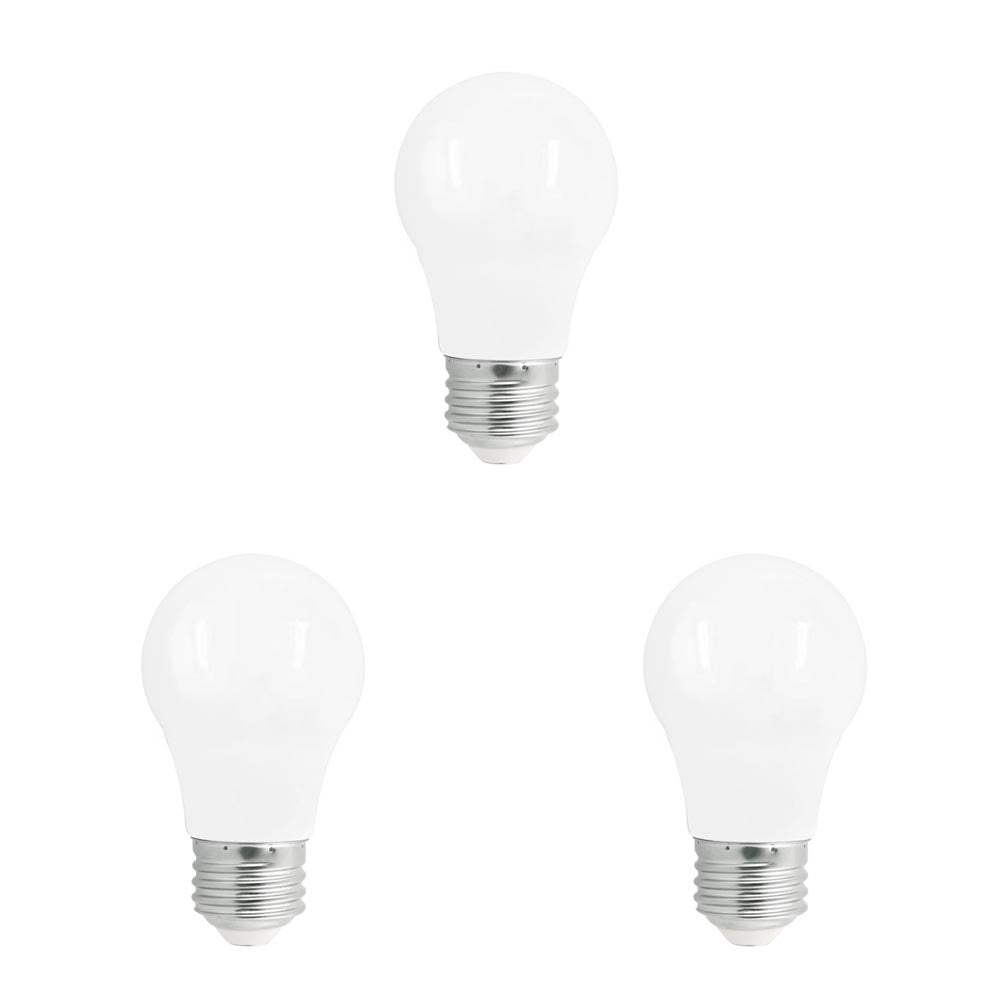Have you ever switched on your LED lights only to find them starting dim and gradually brightening over time? This common issue can be both puzzling and frustrating. Understanding why it happens can help you resolve the problem quickly. In this post, we'll explore seven common reasons why LED bulbs turn on dim and offer practical solutions to get your lighting back to normal.
1. Capacitor Aging or Degradation
LED bulbs use capacitors in their drivers to regulate power. Over time, these capacitors can degrade due to heat or poor-quality components, causing insufficient power at startup.
Solution: Replace the bulb or driver with a high-quality one to restore proper function.
2. Incompatible or Old Dimmer Switch
Using a dimmer switch not designed for LEDs can lead to dimming issues. Traditional dimmers may not supply the correct voltage, causing LEDs to start dim and gradually brighten.
Solution: Upgrade to an LED-compatible dimmer switch for smooth operation.
3. Voltage Fluctuations or Electrical Supply Issues
Inconsistent voltage due to wiring problems or supply issues can cause LEDs to behave erratically.
Solution: Check your home's electrical system for loose connections or consult an electrician to address voltage fluctuations.
4. Thermal Issues or Heat Build-up
LEDs are sensitive to heat. Installing them in enclosed fixtures can cause overheating, degrading performance over time.
Solution: Ensure fixtures have proper ventilation or use bulbs designed for enclosed spaces.
5. Driver Malfunction
A faulty LED driver can result in insufficient power at startup, leading to dim lighting that brightens over time.
Solution: Replace the bulb with one that has a reliable driver.
6. Aging or Faulty Light Switches
An old or defective light switch can cause irregular power delivery, leading to dim starts and gradual brightening.
Solution: Replace the switch with a new one to ensure consistent power flow.
7. Defective or Low-Quality Bulbs
Low-quality or defective bulbs may not perform well over time, resulting in dimming issues.
Solution: Invest in high-quality LED bulbs from reputable manufacturers.
Conclusion
Experiencing LED bulbs that turn on dim and slowly brighten can be annoying, but it's often easy to fix. By identifying these common causes, you can take appropriate steps to resolve the issue—whether it's replacing a dimmer switch, addressing electrical problems, or upgrading your bulbs. If problems persist, consider consulting a professional electrician. With the right approach, you can enjoy bright, efficient lighting without the hassle of dim starts!



Leave a comment
All comments are moderated before being published.
This site is protected by hCaptcha and the hCaptcha Privacy Policy and Terms of Service apply.